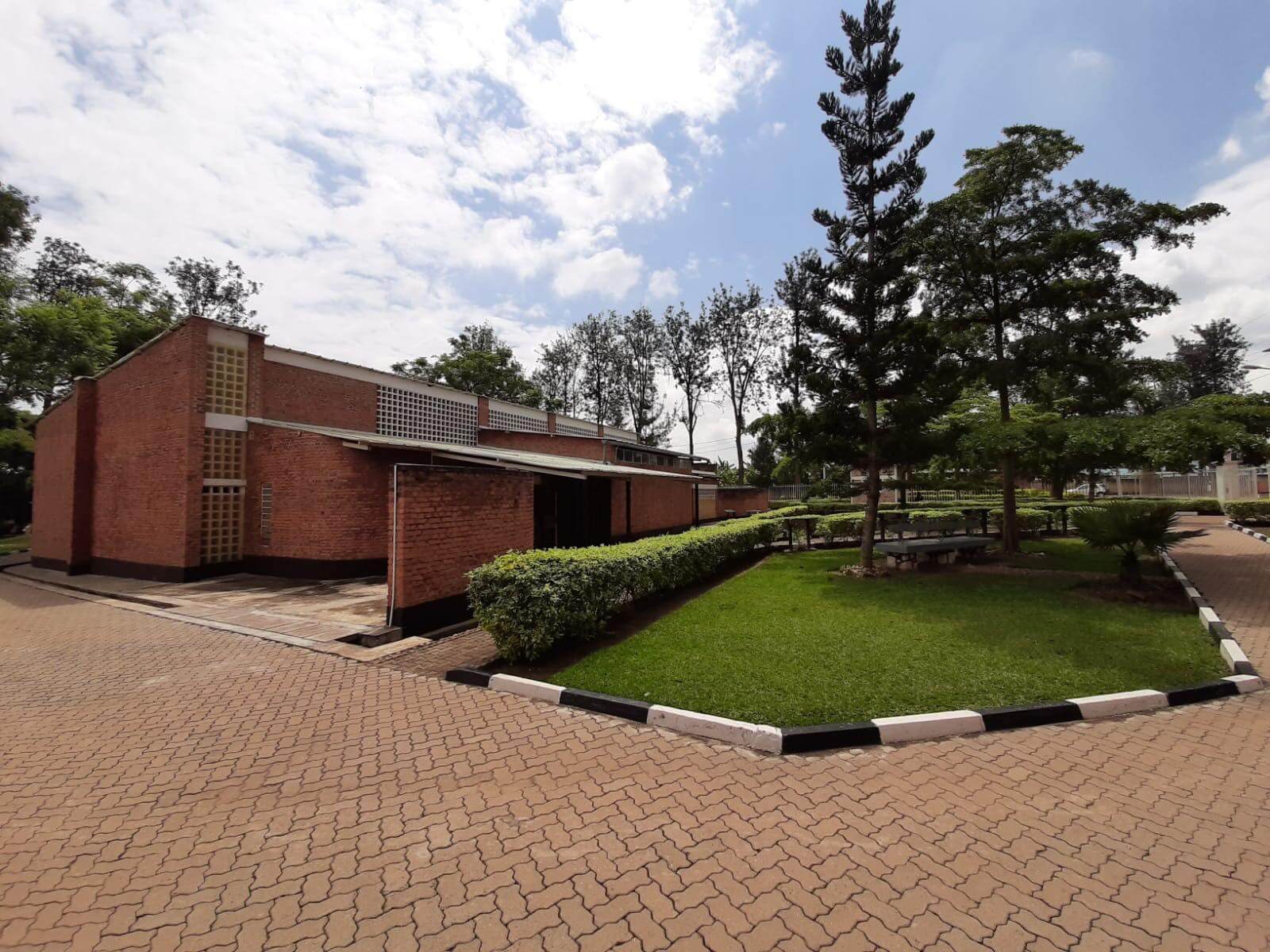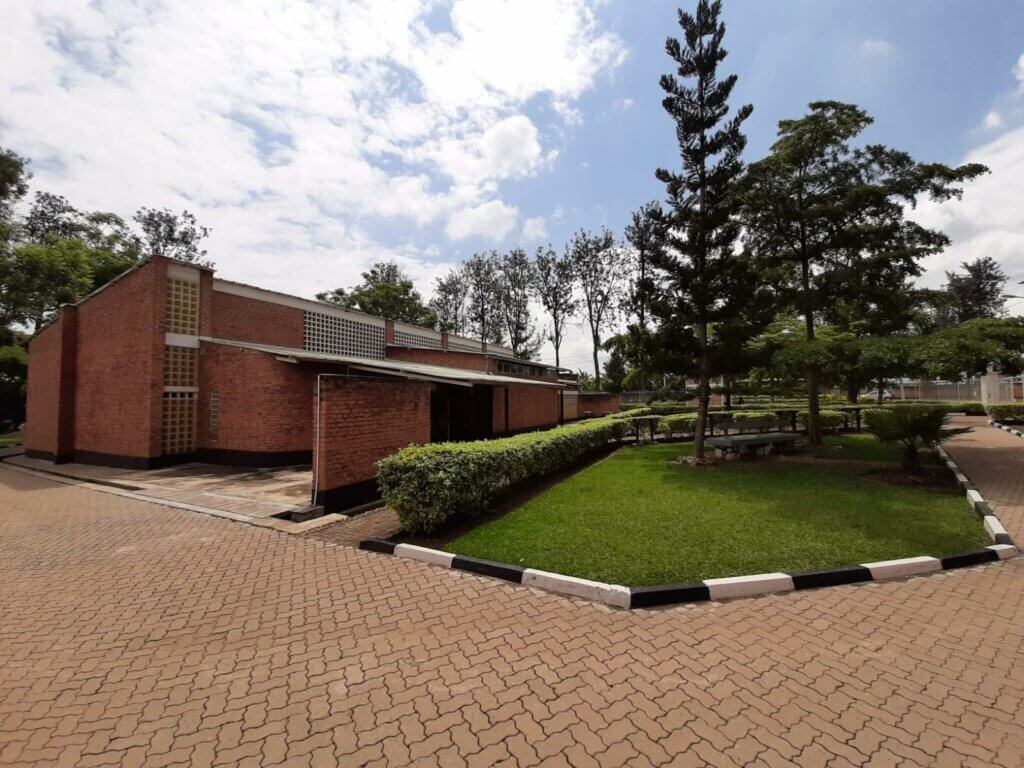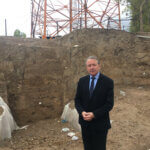
By Katharine Thane; Kigali, Rwanda. (Senior Researcher & Advisor to the UN Special Rapporteur on Freedom of Religion or Belief)
“Please be an ambassador to your country and tell them what you have heard so that what happened here can never happen anywhere else.” This was the message of Frederique, a perpetrator of the 1994 Rwandan genocide. He spoke to us from Mayange, Bugasera region; the best example of a reconciliation ‘Millenium village’ in Rwanda. Here, 54 families made up of perpetrators, victims and Tutsi returnees live side-by-side.

It took 11 years (in 2005) for the village to become feasible after the genocide. It was nearly impossible at the beginning for victims and perpetrators to trust each other. How would victims trust those who knowingly killed their relatives, especially with many of the perpetrators languishing in jail until today, unwilling to acknowledge their crimes? Over time, reconciliation did start to happen, however. Key to this in Mayange was a pastor and priest, one of which had been a victim himself. Both together taught about the need for forgiveness to heal and facilitated truth-telling between village members. A crucial part of this truth was for victims to directly learn where their relatives’ bodies had been placed by the perpetrators so as to be able to move on from hatred.
Unspeakable violence occurred during the genocide to all Tutsis and moderate Hutus who were attacked. Much of the justification for the arbitrary attack was based on arbitrary facial feature differences that colonial leaders exacerbated in the 1930s. The national memorial at Nyamata where you can descend into the mass grave of some 45,000 people their remains and some of their clothing is a particularly poignant warning of how exacerbation of differences through propaganda, hate speech and violence at the hands of neighbours can render unimaginable trauma for generations to come.
The younger generations are less able to feel the intensity of the genocide than their parents but the impact is still with them. Reconciliation is far from fully complete even with the eradication of individuals’ ethnic tribe from their ID cards. The fragility of the underlying situation is somewhat masked by the amazing amount of aid money that has been pumped into Rwanda since the genocide. How much Rwandans are able to criticize the current government and seek change to the remaining tensions is also unclear and perhaps a larger barrier than known to many in the international community to the full healing that many in the country seek.
Mayange village is a small but critical example of what can be achieved after the most inhumane of times. From my work, I have major questions about what is similarly being done in other countries such as Iraq, Syria, Nigeria and Myanmar where the need for an immediate focus on reconciliation is critical now even while the crisis continues to unfold. Reconciliation is the hardest of all violence stages and often left to one side when the need to ‘fire-fight’ is also great.
I implore those working on the targeting of minority groups in those countries above as well as the UN Office for the Prevention of Genocide which is overseeing the implementation of the UN Secretary General’s Hate Speech Action Plan this Genocide Memorial Day to support concrete long-term systematic efforts for reconciliation in the places where genocide is, has and may be about to take place.


